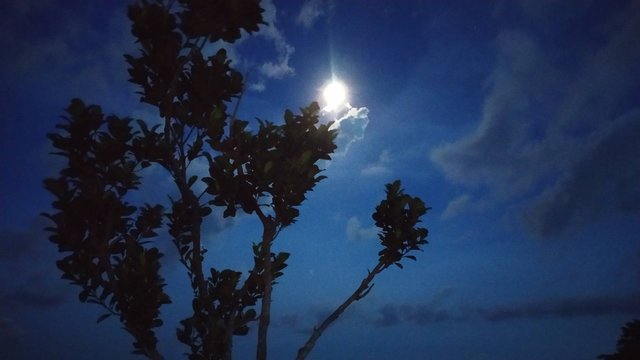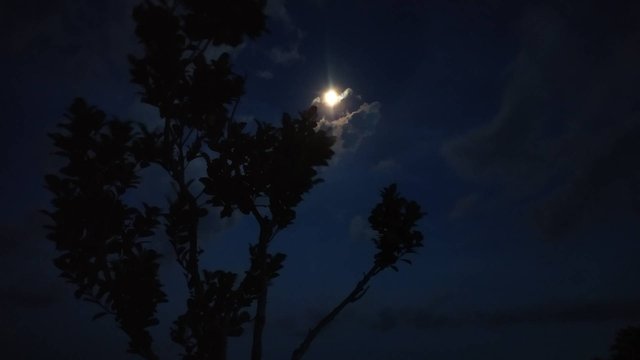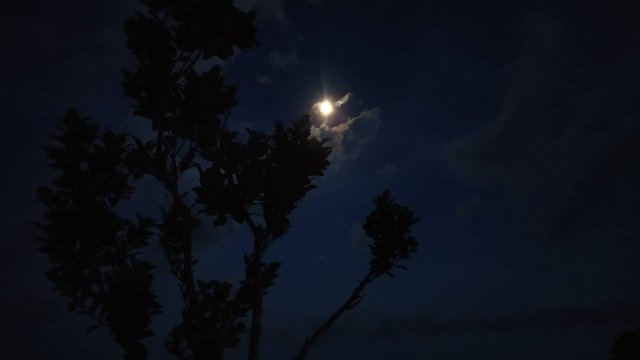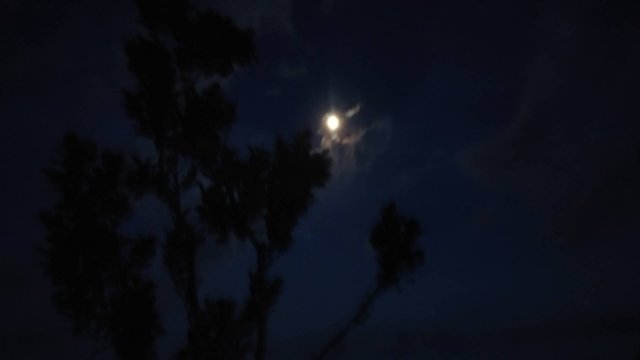Hii
Welcome to my blog.
Do all things with love...
Assalamualaikum everyone today the post that I am going to share with you is about moon and here I am sharing with you some poems of moon that I have found here hope you will like it.

MOON POEM:
In big cities there are big houses, with big houses. Looking through the window, the wall of the front house fell. It is also acceptable to go to the roof. Therefore there is no news of the coming and going of the full moon in the city. If you want to see the moon, you need a tripod; It means persistence. Material deviations apply. It takes silence. And since there are already many paras in life, there is no time for new paras. People stay up late in the night in cities compared to villages. 10:30 in the village means late night; It was only evening in the city. Even then, the deprivation of the full moon of the civil night is high. People do not see the sky while walking. The eyes are alert to the speed of sizzling cars and the procession of countless lights. When you see the moon, you are afraid of being hit by a car. For a moment, the head can be quickly raised to look at Barojo once or twice; can't be seen Looking does not mean seeing anymore. The moon is not so beautiful as a visual object when viewed closely with mechanical eyes. But the moon and astrology so much respect! Astrologers of the moon are melting. And you can bathe in that astrology. The old sage said, “Damn Mia! This is the way of thinking... stupidity. Is the moon the ice of Siberia or that I will fall?” Yet some are drowsy in the full moon. The throat is bathed in the stream of Jyotsna. is madness We will go straight to today's main topic Moon Poem.
1
Keep the moon under control
Someone might notice
Meghed's flying letter
It can come by flying
And the moon...
Keep Jochana under control
Don't let your light shine
Better to be careful later if there are more forms
Keep that fly in the mouth
Khulonako dohai… absolutely.
And the moon...
Keep Jochana under control
It's already night now
The fire that burns will go to the sky at midnight
In the meantime, when will you be stolen?
Who will save you?
And keep the moon under control Jochana
2
Some words are cut and painted on the chest of the moon,
The rest of the words have accumulated in the ribs of the mountain and silent stone like a heart!
Every sea is filled to the brim with the salty waters of my pain,
Sighs like storms when drunken waves in that sea
A moonless Gangchil seeks shelter in the wreckage, the crumbling Mastula.
3
Everything floats in an incomparable flow.
In silent chanting, to hear the wolf howling far away,
No one should forget to see the reflection of the moon in the water.
Many things will be remembered - the past, death, small pains.
I look up at the sky with unbearable joy, fascinated.
The first man must have looked on with so much pity;
Right at this moon.
Yes, this old moon carries the reflection of thousands of years.
4
Amavasya is dark, inauspicious for me.
I wait for that night, the night the moon is like a white round dish
Washes the world, enshrouds the whole creation with sweet purity.
I love the moon, I love Joshana.
Love the soft soft light.
5
I am sitting to see the full moon.
The nights of Shashti, Saptami, Ashtami are passing, albeit slowly.
I know the night of waiting is a few nights away.
6
All this at midnight,
With life within life
Innumerable golden flowers like them
Or they are as numerous as flowers
Death comes when exhaustion cools down.
7
Those who seek dreams within dreams
At the death well of life,
That's how I got it
Looking for them in the dark of the night!
There was a lot of sleep in the eyelids
Coming very close to the heart
If we are tired, it is better
You and I have finally gone two ways.
8

Chand Mama, Chand Mama,
Where is your colored clothes?
naked all night
Walk left and right.
Do not have your cold heat?
Where is your mother, father?
If the cloud chases uncle...
Hide behind the clouds.
smile a little...
After a while, rise to the sky and float again.
I see your smile on the full moon night,
I see your pain with the new moon.
You are looking for uncle Chand...
In wonder at the water of the earth,
Sometimes get wet again in the storm - rain.
The storm of the universe – hit by the rain,
So do not see you in the morning?
How many poets are about you
How many poems have you written,
The artist painted again,
Chand Mama's beautiful picture.
How many scientists have gone to the land of the moon,
To the old woman of the moon of boyhood...
Did anyone find it?
Uncle Chand, you are far away.
What is written on your chest?
All the memories of the world?
Do you have any happiness - sadness?
How many songs and poems are written about you.
Uncle Chand, you are silent all the time.
Stay behind the clouds for a while.
Source
THE MOON:

The Moon is Earth's only natural satellite. Together with Earth it forms the Earth-Moon satellite system. It is about one-quarter of Earth in diameter (comparable to the width of Australia). In the Solar System it is the fifth largest satellite, larger than any of the known dwarf planets and the largest (and most massive) satellite of a planet relative to the planet.[f] The Moon is a planetary-mass object that formed a differentiated rocky body, making it a satellite planet under the geophysical definitions of the term. It lacks any significant atmosphere, hydrosphere, or magnetic field. Its surface gravity is about one-sixth of Earth's (0.1654 g). Jupiter's moon Io is the only satellite in the Solar System known to have a higher surface gravity and density.
Orbiting Earth at an average distance of 384,400 km (238,900 mi), or about 30 times Earth's diameter, its gravitational influence very slowly lengthens Earth's day and is the main driver of Earth's tides. The Moon's orbit around Earth has a sidereal period of 27.3 days. During each synodic period of 29.5 days, the amount of visible surface illuminated by the Sun varies from none up to 100%, resulting in lunar phases that form the basis for the months of a lunar calendar. The Moon is tidally locked to Earth, which means that the length of a full rotation of the Moon on its own axis causes its same side (the near side) to always face Earth, and the somewhat longer lunar day is the same as the synodic period. However, 59% of the total lunar surface can be seen from Earth through shifts in perspective due to libration.

The most widely accepted origin explanation posits that the Moon formed 4.51 billion years ago, not long after Earth, out of the debris from a giant impact between the planet and a hypothesized Mars-sized body called Theia. It then receded to a wider orbit because of tidal interaction with the Earth. The near side of the Moon is marked by dark volcanic maria ("seas"), which fill the spaces between bright ancient crustal highlands and prominent impact craters. Most of the large impact basins and mare surfaces were in place by the end of the Imbrian period, some three billion years ago. The lunar surface is relatively non-reflective, with a reflectance just slightly brighter than that of worn asphalt. However, because it has a large angular diameter, the full moon is the brightest celestial object in the night sky. The Moon's apparent size is nearly the same as that of the Sun, allowing it to cover the Sun almost completely during a total solar eclipse.
Both the Moon's prominence in Earth's sky and its regular cycle of phases have provided cultural references and influences for human societies throughout history. Such influences can be found in language, calendar systems, art, and mythology. The first artificial object to reach the Moon was the Soviet Union's Luna 2 uncrewed spacecraft in 1959; this was followed by the first successful soft landing by Luna 9 in 1966. The only human lunar missions to date have been those of the United States' Apollo program, which landed twelve men on the surface between 1969 and 1972. These and later uncrewed missions returned lunar rocks that have been used to develop a detailed geological understanding of the Moon's origins, internal structure, and subsequent history.
Source
I hope you will like the post, if you like it, then definitely support me and stay by my side. Thank you all.
Ask for guidance, direction and support from the Community Manager:
@radjasalman | @alee75 | @fantvwiki| @steemcurator01 @heriadi| @hot.news
Cc. @dsc-r2cornell
@pennsif
@adollaraday
Best Regard,
@bdboy
Together we can rebuild.🌱💪 We have resteem this.🛡♻
Downvoting a post can decrease pending rewards and make it less visible. Common reasons:
Submit
Thanks for support
Downvoting a post can decrease pending rewards and make it less visible. Common reasons:
Submit
Congratulations, your post has been upvoted by @dsc-r2cornell, which is the curating account for @R2cornell's Discord Community.
Downvoting a post can decrease pending rewards and make it less visible. Common reasons:
Submit